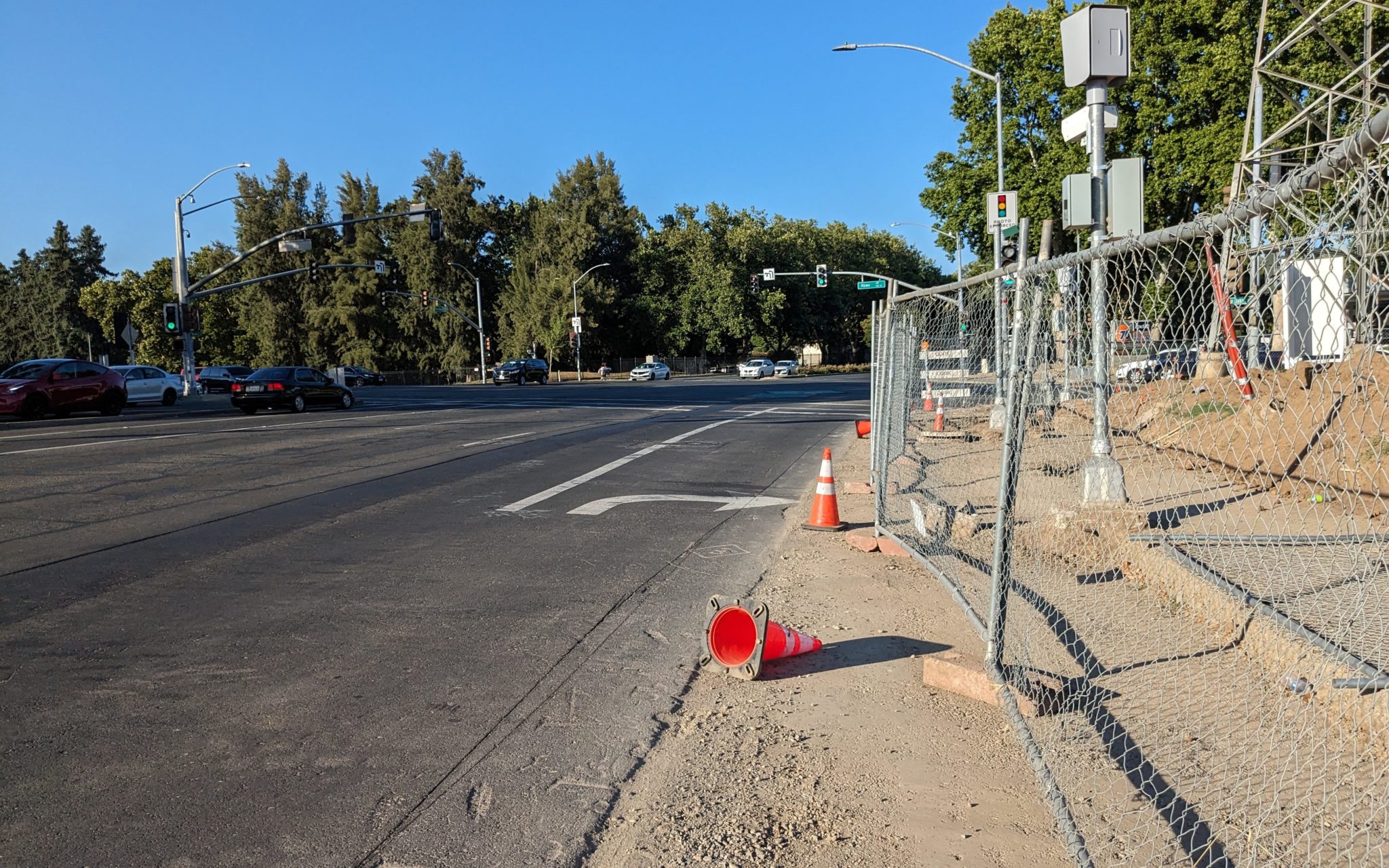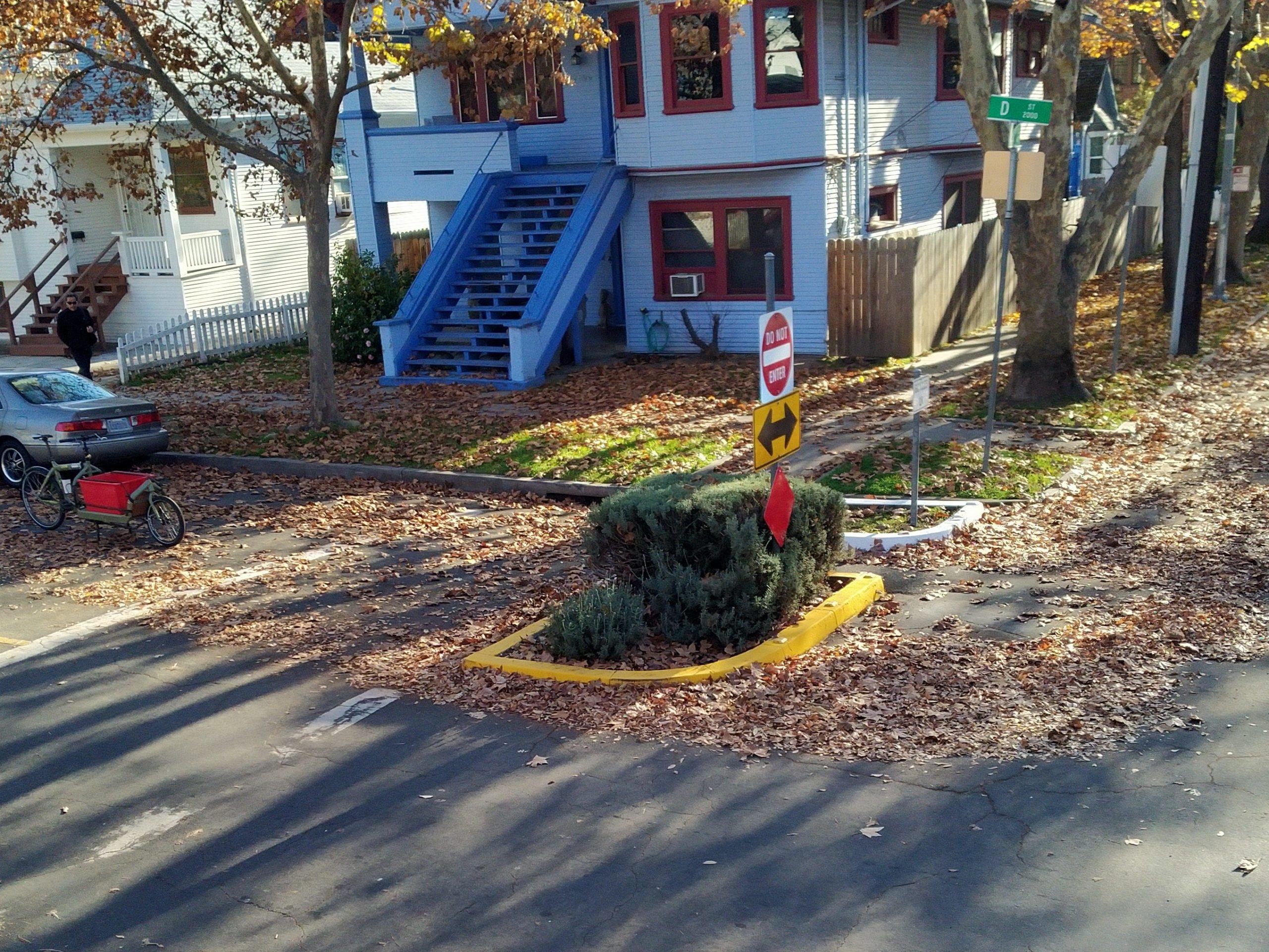
Have you ever wondered why our streets and roads are in such a bad state? Why, even when you report a pothole or a road in bad condition, the city rarely fixes it? Like you, I’m a taxpayer, and I spent a long time reporting streets with deep cracks, uneven pavement, and potholes deep enough to cause a flat tire. I grew up and still live in South Sac, and these road conditions are the norm. Does the city just ignore request because they don’t care? The more I spent time wondering this, the more I started wondering how much it really costs to repave or fix a road.
So let’s take a moment to talk about the cost of street maintenance. While this cost is commonly talked about in Strong Towns circles, city budget bureaucracy obscures the real cost from the public.
The majority of Sacramento’s road repairs and costs are split across three different divisions which each manage separate parts of the roadway:
- Maintenance Services
- Transportation Division
- Parking Services in Public Works
Intentional or not, this obscures the true cost of maintaining road infrastructure by splitting the cost across different “services.” Keep in mind that this doesn’t account for any of the utilities, such as sewer, gas, electric, cable, water, etc. – only pavement costs.
I don’t think the City intentionally split these services into different divisions to obscure the true cost of road work; it was likely an attempt to accurately categorize expenses across departments. However, it’s vital that residents have insight into expenses categorized differently so they can truly assess the growing cost of our infrastructure. When we decide to categorize certain things but not others, we can get into some interesting situations.
Items are hard to summarize when seemingly similar repairs are given to different divisions. Imagine that a streetlight is out, and you call the city to fix it. The Transportation Division would oversee that project. But if you reported the same streetlight because it was hit by a car? The Maintenance Services Division would handle that. If you report a traffic light is out? Maintenance Services Division again. If the traffic light timing is off ? Transportation Division!
Likewise, items that seem different can fall under the same division. If you report that certain road markings are faded, the Maintenance Services division will take that call. And the same division will repaint bike lanes. If the sidewalk is broken, or a chunk of the road is missing, Maintenance Services still handles that.
Both of these circumstances show how the categories we choose can have a huge impact on how we understand transportation costs.Sacramento City has over 3,100 lane miles to maintain. According to the 2022 Pavement Condition Report, a conservative estimate for repaving 1 lane mile in “fair” condition is $279,000 (at $34/sy), a nearly $1 billion liability citywide. According to that same report, our road repair backlog alone is already $298,000,000.

Saving Money with Slow and Active Streets Pilot Project
Sacramento conducted a pilot for Slow and Active Streets in 2021, an 8-month pilot in 4 different neighborhoods (about 6.1 miles total), costing $241,000. While the program was a great success, one of the major drivers to the cost was the additional man-hours needed to place signage in the appropriate spots at all hours during the program. But running this entire pilot, with expenses including learning how to run the new program, was less than repairing a single lane mile in “fair” condition. And we can close our streets for even cheaper if we follow the lead of other cities, like Santa Cruz which closed their roads in ways that didn’t require overtime from city staff.
New Ways to Save Money
So we want safe streets and we want better roads – but we don’t have the money to fix even a small percent of the problems we have, and the backlog of unfunded projects is projected to increase exponentially. It’s clear that what we’ve been doing isn’t working, so we must look for new solutions.
One of the simplest and lowest cost solutions is to find streets that are not main thoroughfares and to close them to through traffic entirely. Fewer and slower moving cars will result in longer-lasting roads and significantly enhanced safety.

While we once believed that traffic was like water, and closed roads would create “traffic runoff” on other streets, we know that traffic is like a gas and takes up the available space. Closing roads leads to an overall reduction of car use. If each closed street will save the city maintenance money on that street, it compounds and saves nearby streets from needing to be repaired as often not because people stop going anywhere, but because people are more likely to walk or bike to nearby destinations, especially if they have safe routes to do so.
During the pandemic, R Street was closed for pedestrian use between 15th and 14th St. This allowed for a wonderful walkway connecting the Iceblocks to other R St. destinations, and even calmed traffic all the way to the R St. pedestrian bridge. If we look at that length of street between those two locations, it’s about 1.2 miles of a single lane two-way street (equating to 2.4 lane miles total). According to conservative estimates provided in the Pavement Condition report, we could save nearly $669,500 in repairs on just that single stretch of street if it was closed to through traffic, and we could save even more throughout the entire life of the street. Imagine the savings if we did that to some of our lesser used streets.
Closing these streets to car through traffic doesn’t stop the public from using them. With appropriate modal filters, anyone walking or biking through the neighborhood can still pass. Closing streets to cars simply prevents our neighborhoods and shopping districts from turning into a pass-through for drivers who don’t even want to be there.
What are We Waiting for?
If we want to save our city from being crushed by the already ballooning maintenance backlog (estimated to reach $1 billion within 6 years), we need to make meaningful changes. City finances are not the only thing at stake here either; if we do not fundamentally change our car-centric approach to road building, we face the tragic continuation of:
- Pedestrians and cyclists killed by drivers will continue at the numbers we’ve become accustomed to. Over 1000 preventable murders in California every year being normalized in the name of maintaining the status quo. This is made even worse with EVs.
- Our streets and roads will continue to deteriorate at unsustainable rates; more state and federal funds will be required to bail out the city. When aid money dried up in the past, we succumbed to the Growth Ponzi Scheme by building new sprawling suburbs, sweeping the problem under the rug.
- Housing costs and overall cost of living will continue to be inflated by car-dependency and over-allocation of public and private space for housing cars instead of people. Studies have shown that off-street parking alone has inflated rents by 15-20%, even if you don’t own a car, and similar pressures cause brick-and-mortar businesses to inflate the prices of goods.
Maintaining the status quo is an active choice, but at great cost to the city and people who live in it. Let’s demand some positive change in our city.